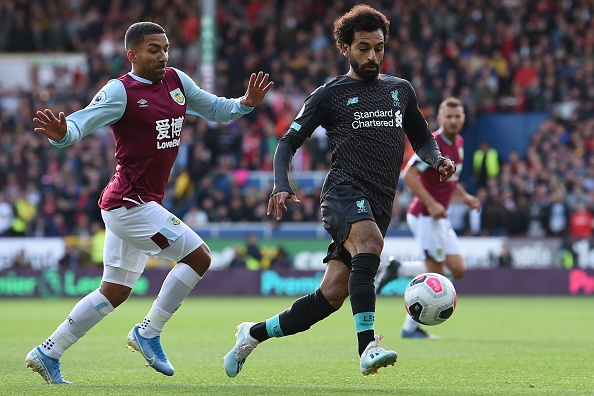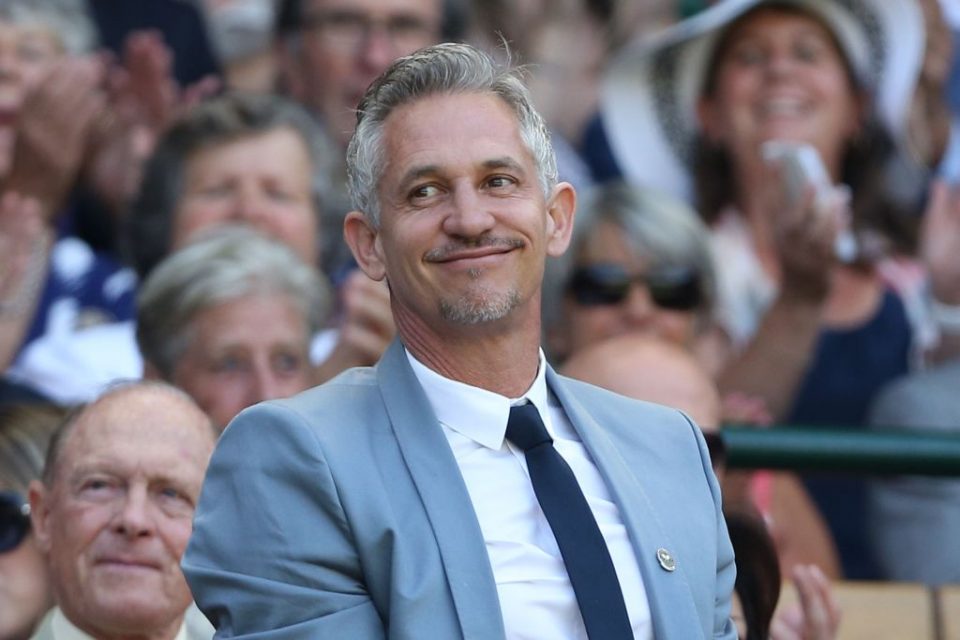The great Premier League giveaway: Why Sky Sports are handing over free highlights on YouTube

Premier League football is an expensive commodity and to extract every ounce of its value broadcasters need to innovate.
In February last year Sky Sports pledged £3.6bn to buy 128 live matches per season in the 2019-22 rights cycle. That might have worked out as a reduction from its previous deal – £4.2bn for 126 fixtures each season from 2015 to 2019 – but it is still a considerable outlay, valuing each top flight match at £9.3m.
Therefore Sky’s decision at the start of the 2019-20 season to give away highlights of its prize asset for free appeared a curious one. What does it stand to gain from taking down the paywall, albeit for three-minute bitesize chunks of Premier League football?
Read more: Should the Premier League launch a streaming service?
Well, quite a lot as it turns out. Sky’s subscribers have dipped from 9.5m in 2012 to 8.6m this year, not counting those who bought short-term Now TV passes, and the broadcaster is keen to cast the net wider. That’s where YouTube comes in.
This season Sky will put highlights of all 380 Premier League games on its YouTube channel, which currently has 1.3m subscribers. As Tomos Grace, YouTube’s head of sport for Europe, Middle East and Africa, explains, the expected benefits are wide ranging.
On the most basic level, with adverts running on the videos – which routinely reach hundreds of thousands of people, as compared to live Premier League games that attract between 250,000 and 1.5m on Sky – there are additional revenue opportunities.

More strategically, Sky aims to drive viewers towards is own properties – its app, website and social media channels – as well as gathering valuable marketing data with which to target further advertising.
The people watching Premier League highlights on YouTube are also likely to be exactly the kind Sky are trying to engage with.
“The audience that our partners have on YouTube is different to their normal audience they might get on TV or even their own website,” says Grace. “It’s a younger audience and it’s an audience which is still huge fans of sport, but often want to consume it in different ways. That younger demographic on YouTube is attractive.”
No PR stunt
Sky are not the first company in the sports industry to look to YouTube in an attempt to expand their audience.
Grace points to the England and Wales Cricket Board, Formula One and BT Sport as good examples of companies taking an innovative approach in recent years. But BT’s drastic decision to broadcast its crown jewels – the Champions League and Europa League finals – on the platform stands out above the rest.
“The fact they’ve done it four years in a row shows it wasn’t a PR stunt,” Grace says. “They really value the distribution on their YouTube channel.”

Grace believes the use of YouTube to broadcast live is an area with great potential – and crucially the potential to generate pay services – and Sky have already experimented by showing this summer’s Netball World Cup on the platform, as well as live NBA basketball.
That may be the future, but for now the opening up of premium sports content is about widening the reach towards a younger, digital-first audience – those perhaps more familiar with playing the Fifa series of video games and watching YouTubers than viewing live Premier League matches on Sky Sports, or watching highlights on the BBC’s flagship Match of the Day programme.
Read more: Southgate has tactical decisions to make after picking a young squad
“Everybody wants to watch live sport,” Grace concludes. “Live is still king, but highlights are premium and if you’ve missed the live you’re going to want to watch it on a delayed basis.
“I think that we have tapped into something, which is an appetite for quality official comprehensive highlights.
“By working with partners we’ve been able to put together a really strong offer. But people are still interested in live sport – that’s the most premium part of the offer. We’re just trying to carve out a little niche on the highlights side which complements that.”
Main image credit: Getty Images / Greg Sigston, City A.M.